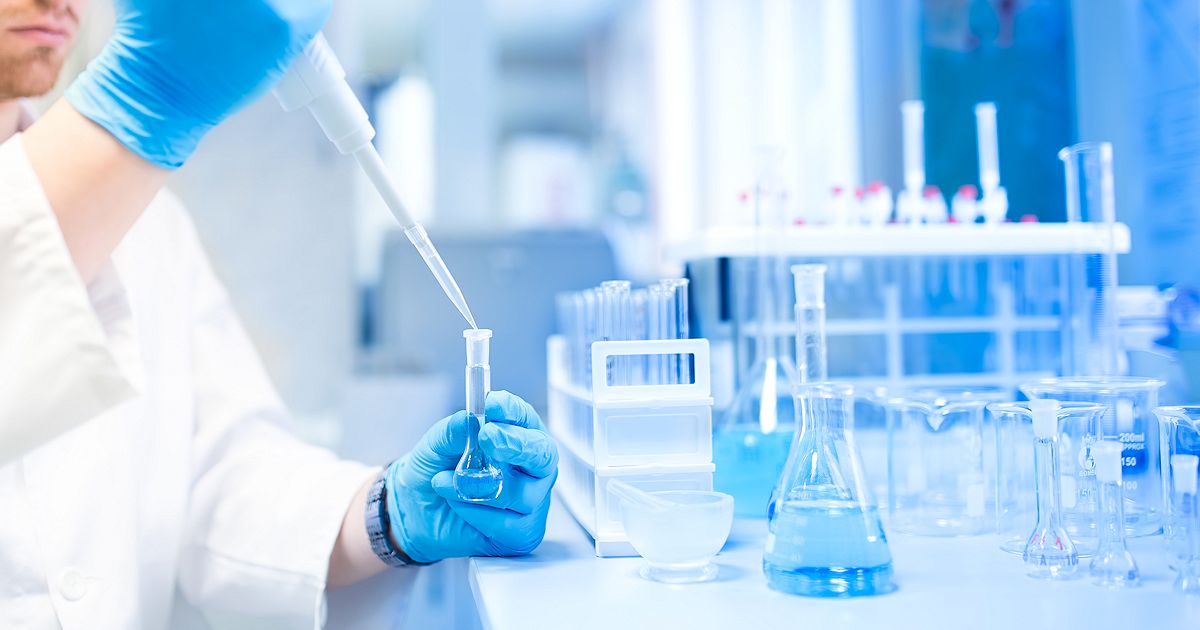

The Problem: Little Hope of Investment Return on New Antibiotic Development
The Problem: Little Hope of Investment Return on New Antibiotic Development
Mortality and morbidity from resistant infections is on the rise globally, yet the clinical anti-bacterial pipeline remains insufficient, and the pipeline outlook remains bleak (WHO 2019). This is exacerbated by economic disincentives. It typically takes 10-15 years and over $1 Billion to produce a new antibiotic.
The fact that bacteria can develop resistance within months of a new antibiotic being deployed has acted as a powerful disincentive for antibiotic development, with only two new classes being developed in the last 40 years. In the laboratory this has been illustrated to occur in a matter of days following the exposure of non-resistant bacteria to an agent in agar, resulting in the evolution of stronger resistance over time (Baym et al 2016). It is clear than new classes of antibiotics with novel targets need to be developed, but also that these need to present a barrier to the development of antibiotic resistance.
The majority of the bacteria needing new antibiotics to be developed as a critical or high priority are Gram-negative – the ESKAPE pathogens – but a minority of Gram-positives, such as vancomycin-resistant Enterococcus faecium, are also high priority.
From “WHO to World: The Foundation of Modern Medicine is Crumbling” by Tristan A Cogan, BSc (Hons) PhD, Natureza Antimicrobial Projects Manager
The Solution: Natureza’s patented formulations introduce a transformative new class of antibiotic agents that overcome bacterial resistance and removes the time barrier of investment return.
Natureza’s research offers a true paradigm shift, one that would remove the imbalance in development cost by eliminating the ability of bacteria to become resistant. With the promise of new drugs being able to be marketed for years providing not only the time to recover investment, but a profit as well, a new investment environment would emerge that would encourage the development of new, much needed antibiotics.
This work is protected by several US and foreign patents and patent applications.






